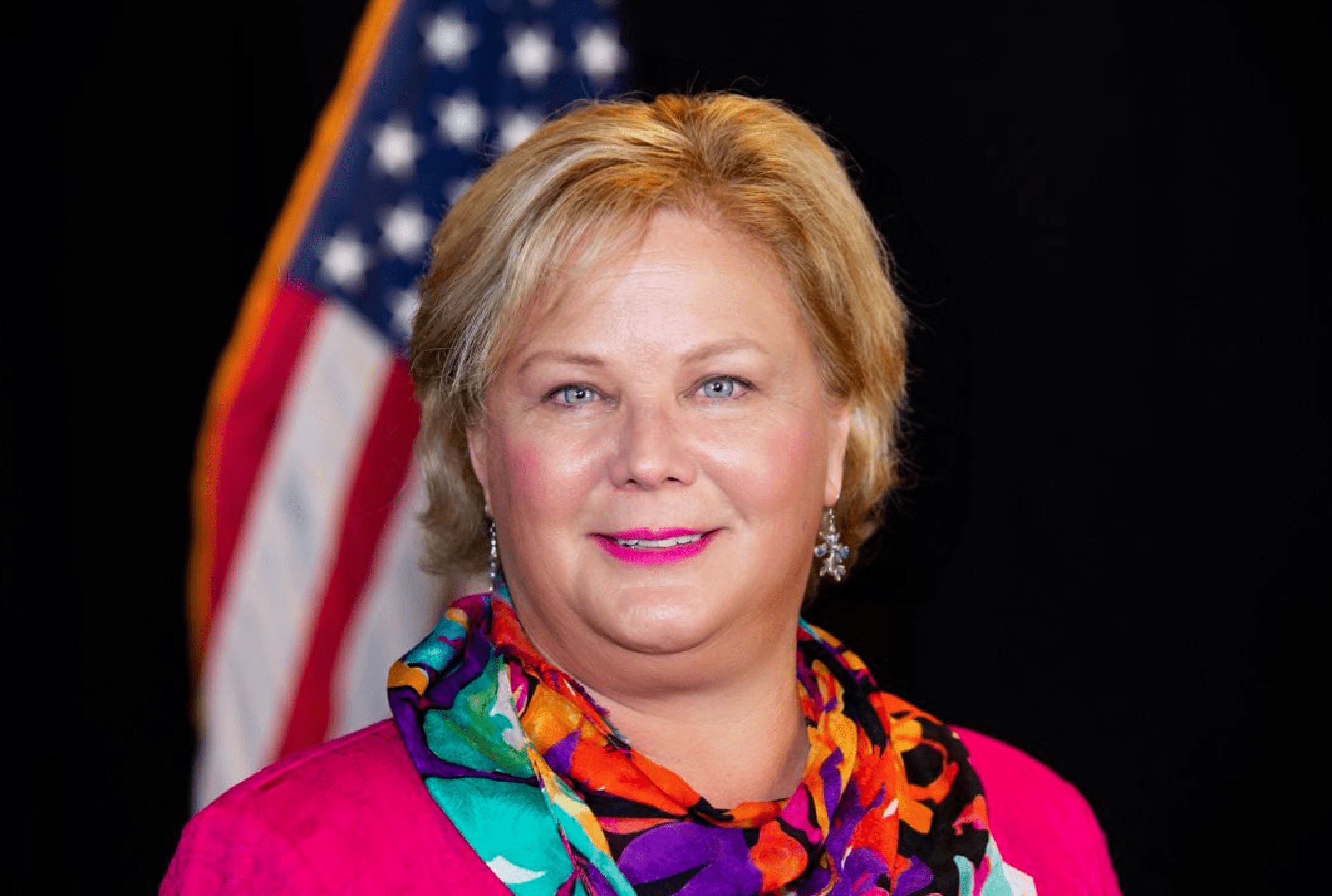Watch it, Grandma’s Packing a Smartphone
What a difference a year makes, right? Think back just one (agonizing) year ago. Death and case rates were soaring with no real understanding of how to stop it. Mother’s Day was celebrated with sadness with images of people touching through closed windows or creating driveway moments of connection. By this time last year, we were fearful of going to the hospital even for urgent care. Schools closed. Employers laying off workers. Grocery stores were overwhelmed with panic buying customers.
Pandemic Life
So, think of how we adapted to these changes. Telehealth visits for healthcare became the norm and insurance companies embraced and educated their members on how to participate in virtual care. Shopping services blew up from online ordering and contactless front door delivery to special parking and curbside pick-up by the stores. School moved to the kitchen table. A quiet bedroom, garage, den, or any spare room became the new home office if you were still lucky enough to have employment.
Tech Trend Report
The broadband connection was no longer a luxury. The internet is as vital to our daily living as electricity and running water. For many of us, that meant getting new devices as well. AARP released the 2021 Tech Trends and the 50-Plus. Here is a brief synopsis of the findings. I challenge you and your organization to digest this report. The implications for our effectiveness to serve our constituents depend on our understanding of their lives.
- People, over age 50, have positive feelings about technology now using multiple forms of technology including video chat, texting, email, and phone as 82% reporting use for connecting with family and friends.
- Smartphones are the most popular method for video chat at 52%. More than one in three respondents report using video chat either on a smartphone, tablet, or computer on a weekly basis.
- Social media interest is up, many wanting to engage in Livestream events. The platform did not matter, what mattered was the cost, host, and time (in that order).
- Smartphones use soared for banking, shopping, telehealth, making appointments, and receiving medical advice.
- 50-plus spent big on technology last year from $395 to $1144. That’s a 194% increase including smartphone, tablet, home assistant, wearables, smart home technology.
- Smart everything was a hit with the 50-plus consumer. The three top technology purchases (in order) smartphones, smart TV, and wireless headsets/earbuds.
- All those new smart TVs were streaming more on-demand content than ever. Netflix was the biggest winner in 2020. Thirty percent reported streaming content daily.
- Learning to use technology remains a barrier along with the cost and privacy concerns. TRUST remains an issue for many.
- Dovetailing trust is privacy issues. Eighty-three percent report they do not believe their online activity remains private. Many did not understand the fine print in the Terms of Service and Privacy Policy.
- Saving the best for last. Yes, you got it. Cost and access. Many of those surveyed spend 16% of their budget on technology expenses internet, cellphone, cable, and streaming services. Fifteen percent of respondents do not have access to the internet. While inner-city (23%) and rural (26%) report having access to access to high-speed internet but cannot afford the service.
I encourage you to download the report for yourself. Think of your consumers, family, and friends. What can you do to help them embrace new technologies? My personal experience is this is not a ‘once and done activity. As our needs and abilities change, so should our approach and use of today’s cool gadgets.
This is the Older American’s Month celebration of building stronger communities. Broadband access is essential. This is infrastructure for strengthening our communities. Please, do your part to support legislation to make access to high-speed internet a reality for every American. Thank you.




